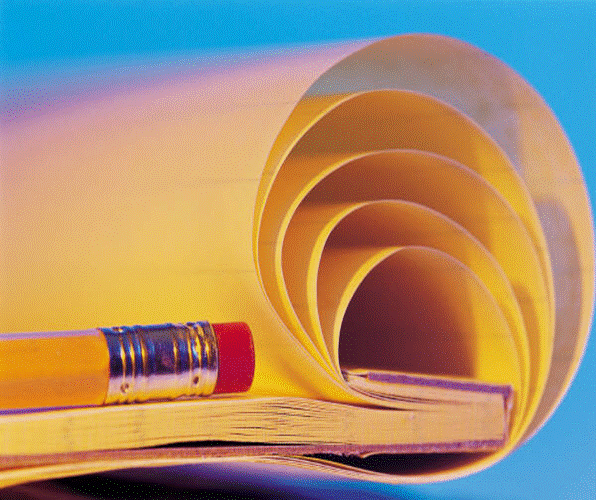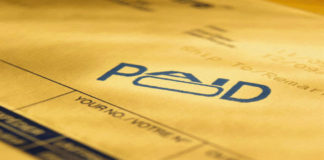 In today’s high tech world it is easy to get overwhelmed looking for the latest program, smart phone application or gadget to help you take control of our personal finances. While technology can help streamline the process of capturing or reviewing our personal finances it should not become the focus or the excuse we use for not taking control of our money, debt, finances, etc.
In today’s high tech world it is easy to get overwhelmed looking for the latest program, smart phone application or gadget to help you take control of our personal finances. While technology can help streamline the process of capturing or reviewing our personal finances it should not become the focus or the excuse we use for not taking control of our money, debt, finances, etc.
Therefore, I wanted to offer some suggestions based on the principle of “keeping it simple.” If we simplify the tasks we are more likely to follow through with the tasks. Simplifying the way we capture and record our monthly expenses, recurring payments, bank balances etc will not impact our results. In many ways, it may improve your results because everything is visible as opposed to being stored in a file on your phone or computer. You are also more involved in the process of inputting and saving the information.
Here are a few suggestions that you may want to implement into your daily life to help you take control of your personal finances. I have used these simple systems over the years and they have been very effective.
Small Pocket Journal: A small pocket journal that with the spiral binder on the top is very effective for writing down your daily expenses, ATM withdrawals, bank balances, bank deposits, net payroll check amounts, etc. You can also use the small journal to write down notes, thoughts, goals or observations from working on your finances. Use the small journal to write down affirmations, goals etc to remind you spend less, save more. The small journals are great to use with teenagers to help them track expenses, allowances work on simple budgets as well.
Envelopes: Envelopes are a great way to save all of your receipts on a daily, weekly or monthly basis. You can label the front of the envelope. Then save the envelopes for a later date to write down the information on a ledger to track your overall monthly income and expenses. Envelopes are a great way to file your monthly bills, bank statements etc. Write the month on the front of the envelopes and put them in a box or cabinet each month. Envelopes are a great way to save coupons to be used later when you go shopping.
Column Lined Paper – You can purchase a pad of paper that comes with vertical columns and horizontal lines. This is the perfect paper to use to create a monthly ledger to track all of your income, categorize and total all of your expenses and record recurring monthly payments, etc. You can use this paper set up a payment plan to accelerate the prepayment of consumer debt. You can use this style of paper to record savings accounts, retirement accounts as well. At the end of each month you can total each column or category. You will be amazed to find out where all of the money goes on a monthly basis. You may also be shocked at how much money is spent or wasted every month in certain categories. More importantly, use this information to spend less, save more and achieve your financial goals.
Basic Calculator – A simple handheld calculator or the calculator or your phone is sufficient for the basic math required to work on your personal finances at this level. Use it to total columns or categories. Use it to divide the total of a specific category by your total monthly expenses or income to get an idea of what percentage of income or expenses each category represents.
In closing, I hope you will use these simple suggestions to get started working on your personal finances. Remember, keep it simple.
I would love to hear about your low tech personal finance tools you use to simply your personal finances.
I hope you have benefited from this post on Financial Literacy. If so, leave a comment. In addition, please forward this to anyone you think might benefit from this short financial literacy lesson
I hope you will follow Fiscal Literacy on Twitter, Facebook or subscribe via email to receive free personal finance, news and updates.
Copyright © 2011 FiscalLiteracy.com, All Rights Reserved












